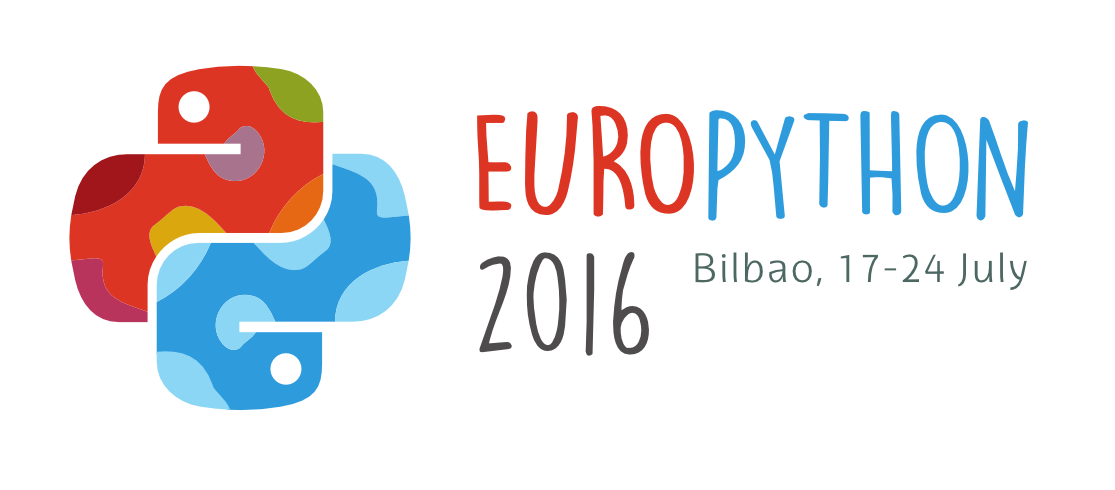How can machine learning help to predict changes in size of Atlantic herring ?
A decline in size and weight of Atlantic herring in the Celtic Sea has been observed since the mid-1980’s. The cause of the decline remains largely unexplained but is likely to be driven by the interactive effect of various endogenous and exogenous factors. The goal of this study is to interrogate a long time-series of biological data obtained from commercial fisheries from 1959 to 2012. We use gradient boosting regression trees to identify important variables underlying changes in growth from various potential drivers, such as: - Atlantic multidecadal oscillation; - sea surface temperature; - salinity; - wind; - zooplankton abundance; - fishing pressure. This learning algorithm allows to quantify the influence of the potential drivers of change with the test error lower when compared to other supervised learning techniques. The predictor variables importance spectrum (feature importance) helps to identify the underlying patterns and potential tipping points while resolving the external mechanisms underlying observed changes in size and weight of herring. This analysis is a useful case-study of how Python can be implemented in academia. The outputs of the analysis are of relevance to conservation efforts and sustainable fisheries management which promotes species resistance and resilience.
